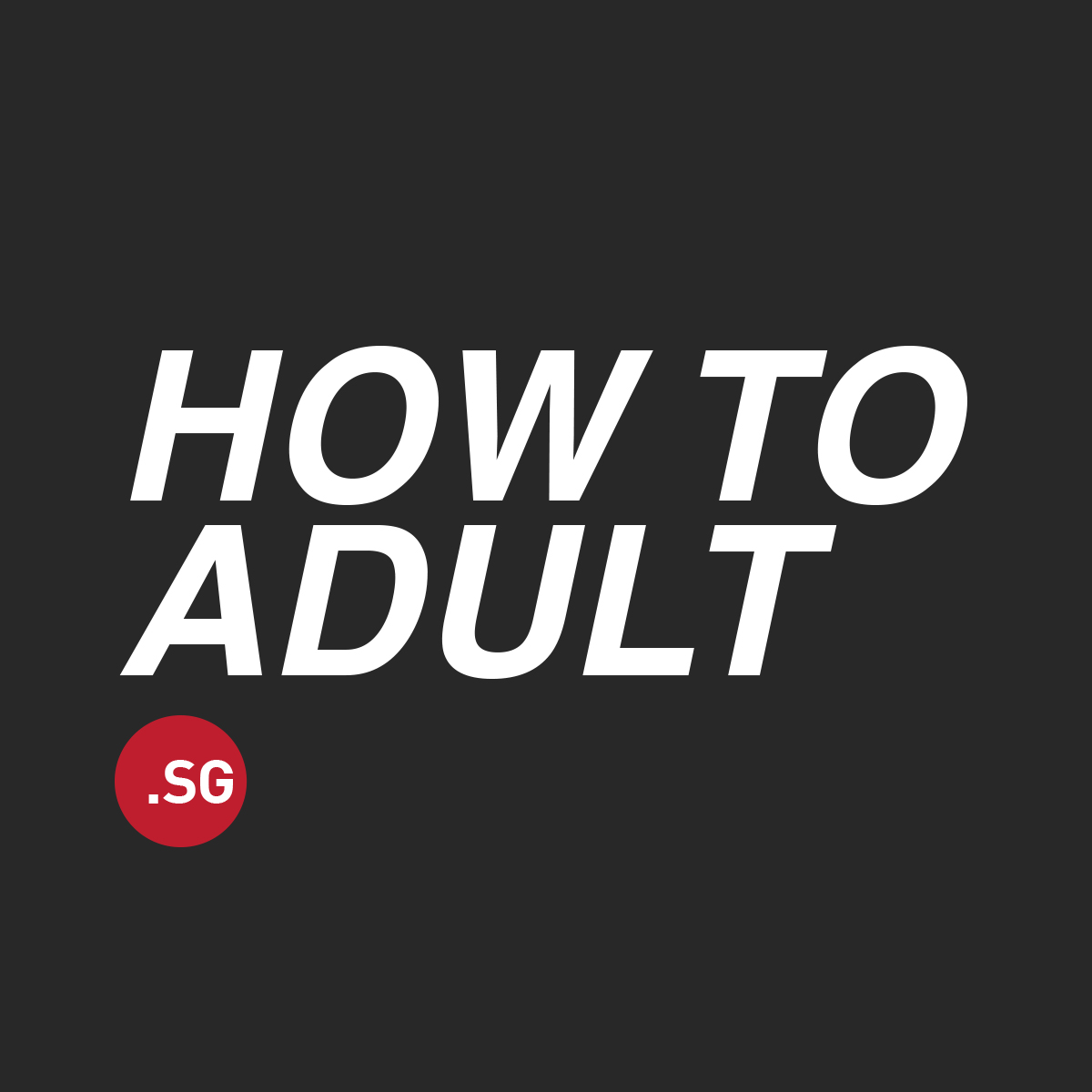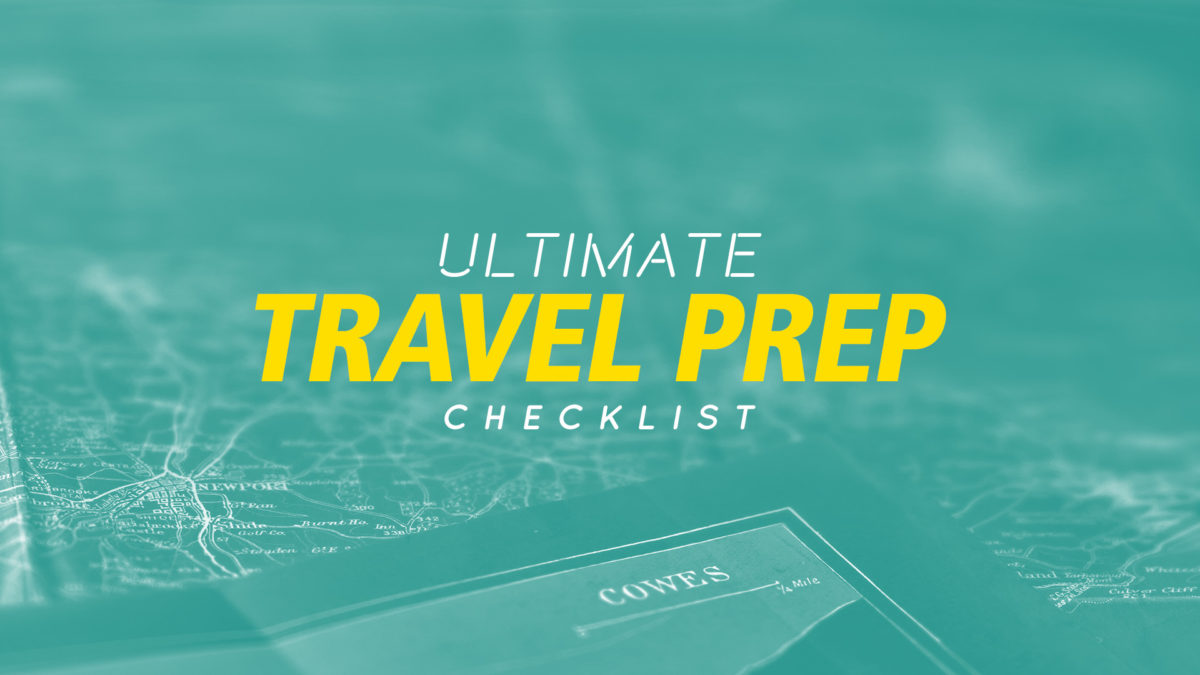Your travels are often the highlight of your year. It’s where you discover new experiences and take exotic pictures for your next profile picture. But every trip has the potential to go from one of your most memorable holidays to an absolute nightmare.
So here’s a checklist to nightmare-proof your next trip:
Admin
1. Check if you need a visa
Check against this list if the country you’re headed for requires a visa or any kind of online administration settled before you arrive. Give yourself enough time and then some more in case there are any errors with your application.
2. Get Travel Insurance
Travel insurance has been made fairly accessible and easy to compare online. Don’t just look for the lowest price but also one that would cover the activities you are planning to do. If you are planning to do something physical like rock climbing or bungee jumping, ensure that your insurance has you covered as well.
Also, you’ll want a travel insurance that has your back in instances of delayed flights, lost luggages and damages as well.
3. Charger Adapter
Make sure you bring the right adapter for your destination. Don’t look at just the pin size but also note that it meets the minimum voltage requirement. Otherwise, your adapter might fit the socket but it still wouldn’t charge.
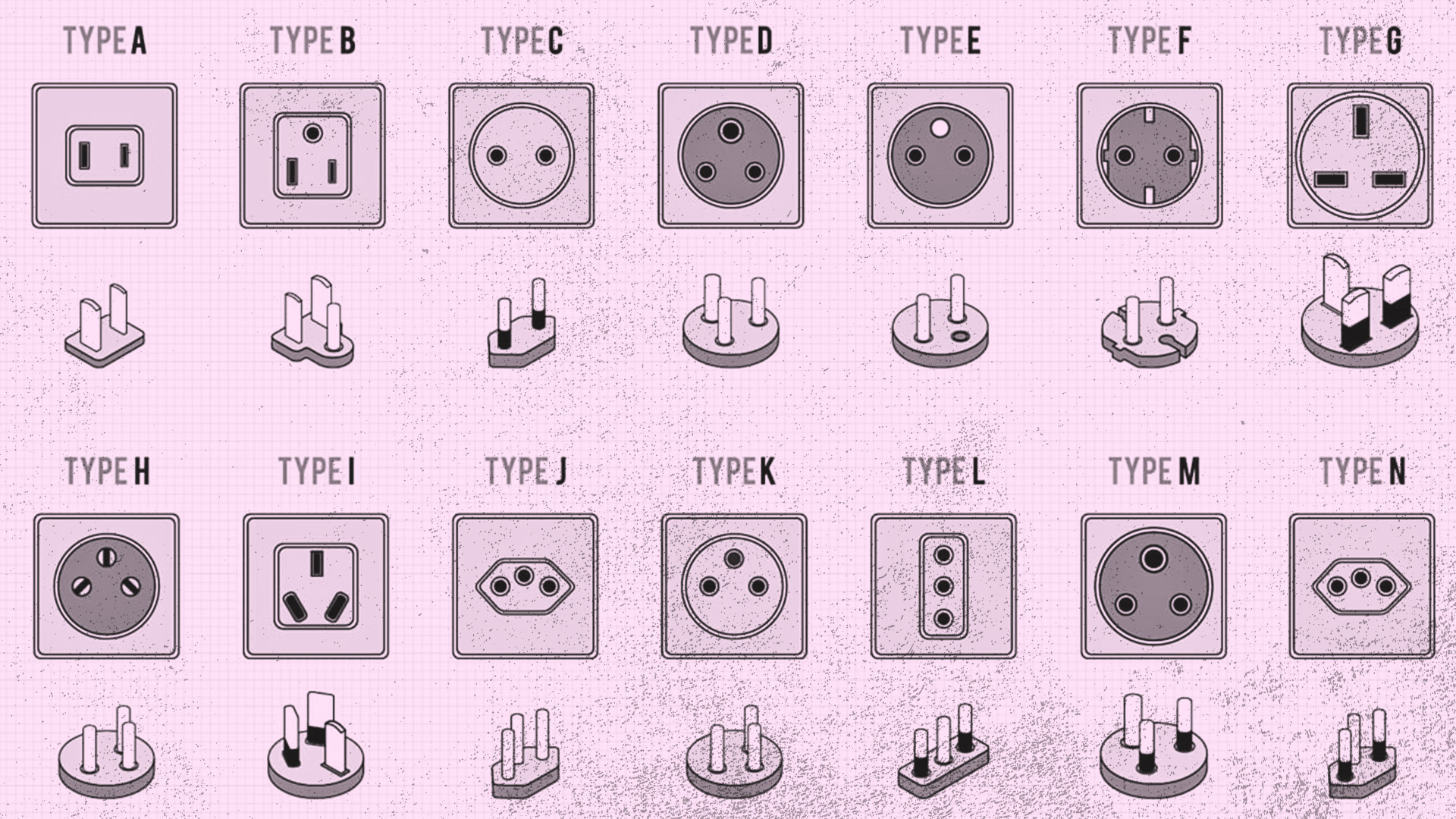
Type A: USA, Canada, Mexico and Japan
Type B: A grounded version of Type A
Type C: Europe, South America and Asia
Type D: India
Type E: France, Belgium, Poland, Slovakia and the Czech Republic
Type F: Europe and Russia, except for the UK & Ireland (Types C,E and F are all cross-compatible)
Type G: United Kingdom, Ireland, Malta, Malaysia and Singapore
Type H: Israel, the West Bank and the Gaza Strip
Type I: Australia, New Zealand, China and Argentina
Type J: Switzerland, Liechtenstein and Rwanda
Type K: Denmark and Greenland
Type L: Italy and Chile
Type M: South Africa
Type N: Brazil
Type O: Thailand
If you are still unsure, What Plug is a great website to verify the power plugs used in various countries.
4. Backup your phone
One of the worst things that can happen to you in Singapore is to lose your phone. This becomes even more of a problem if you are overseas. The best you can do is to back your phone up before the trip so if anything happens, you can always restore your data on a new phone.
5. Notify Mindef
For Singaporean males who are travelling for more than 14 days, you’ll need to give Mindef a heads up at here.
Money
6. Change Cash
Even if you pay for everything in card or online, you’ll still need cash for street food, tips and other small expenses. It can be tricky reading the charts at the money changer so here’s a piece to help you decipher it along with alternatives to consider.
7. Pay without extra fees with YouTrip
Using your credit card overseas usually comes with an extra charge of 3-5% due to admin fees and exchange rates markup. And this can really add up across an entire trip. But with a YouTrip card, you’ll be able to pay overseas with zero fees and no markups on wholesale exchange rates (the same rates the big banks and other large corporations use for large volume transaction). This lets you pay at a conversion rate close to what you actually see on google!
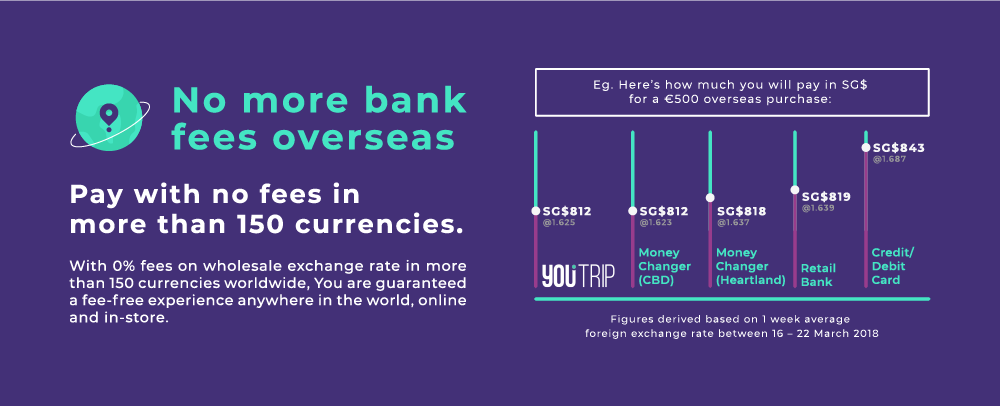 Image Credit: YouTrip
Image Credit: YouTrip
YouTrip is basically a multicurrency mobile wallet that exists as an app that allows you to convert currencies in your phone. If you know your destination ahead of time, you can monitor the local currency and lock it in when the rates are good too. It also comes with a physical card linked to Mastercard so any shop or restaurant that allows Mastercard will be able to process your YouTrip card! You can apply for one here.
8. Enable Overseas Usage of Cards if needed
If you are planning to use your card overseas you might have to activate access to use its magnetic strip overseas.
9. Get a currency conversion app
To reduce the number of math headaches you need to face whenever someone says “How much is this in Sing ah?”, download a currency conversion app and have all your costs converted.
10. Bring your Bank IB devices
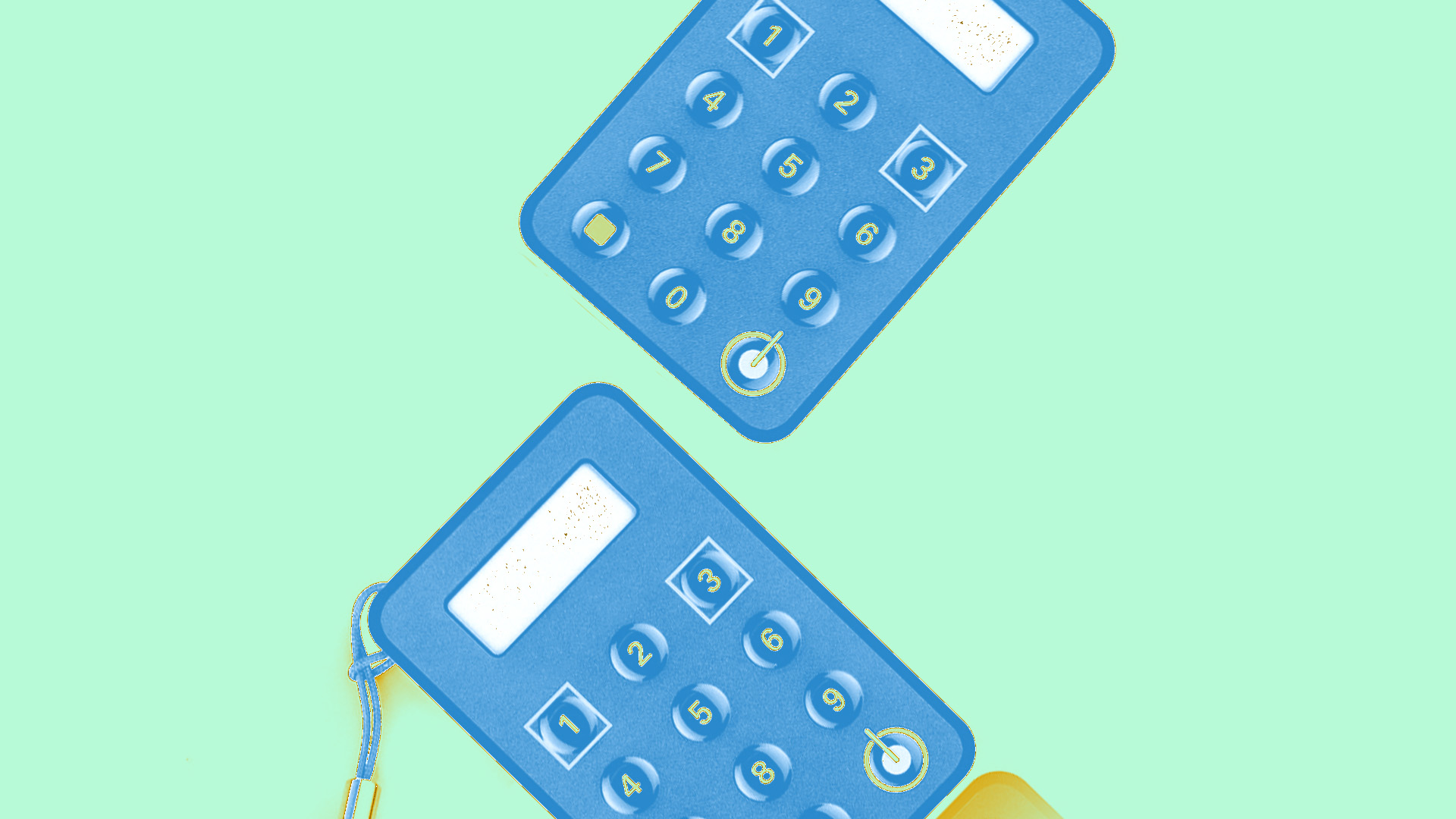
Your phone might not be able to receive SMS overseas. Therefore it’s handy to have your IB device with you in case you need to make any emergency transaction.
11. Split your Cash Up
Don’t put all your eggs in the same basket. it’d be a nightmare if you lost all your cash in the event that you lose your bag. Try spreading your cash across multiple carriers or wallets so that you always have cash on hand no matter what happens.
12. Check if there is a departure fee
Some countries charge an exit fee. Check on this list if your destination has a departure fee that needs to be paid at the airport. This helps you plan your finances properly and leave about just right so you can finish your cash at the airport.
Safety
13. Know the Threats
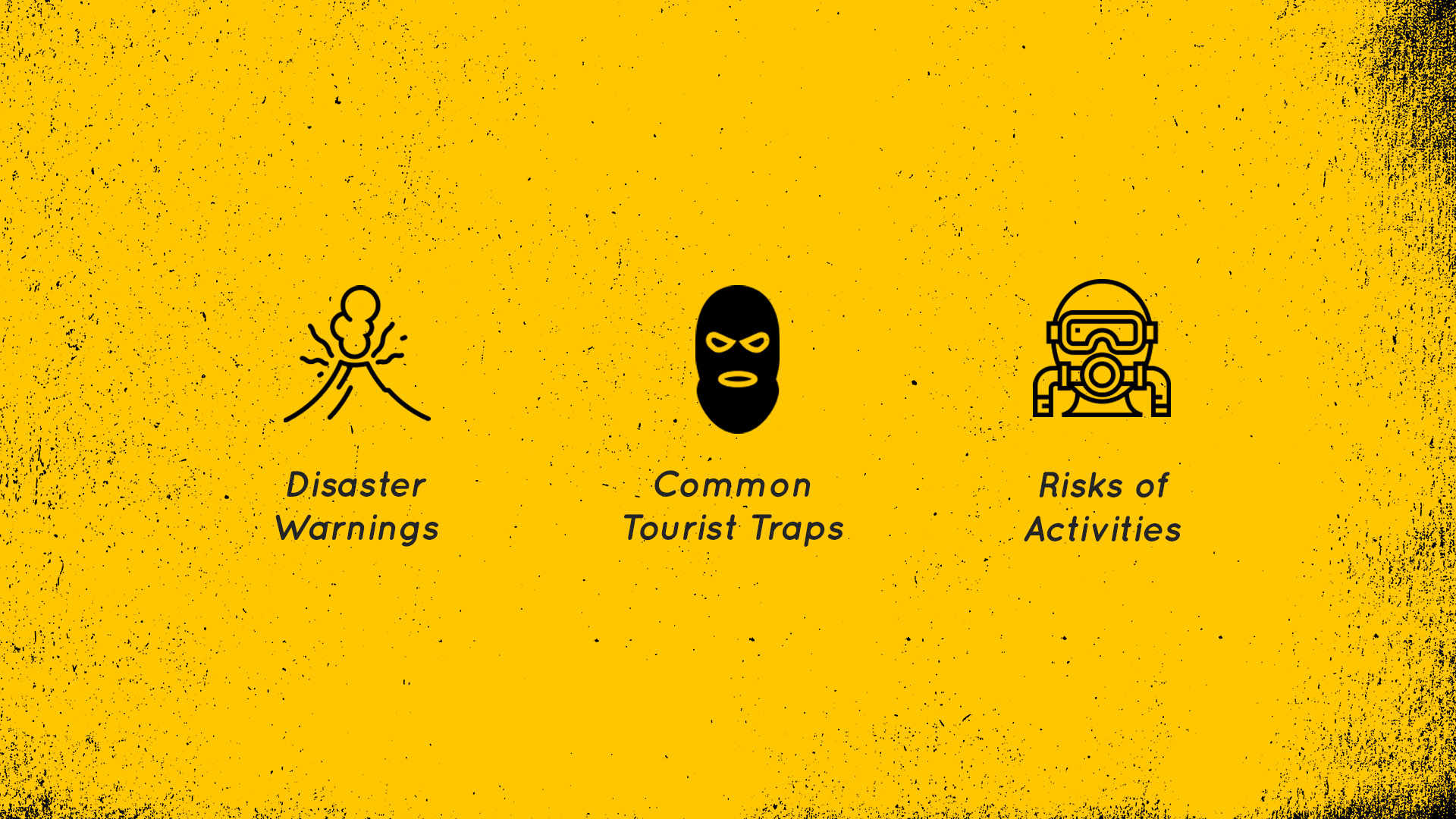
It’s important to read about common scams and threats in the area where you’ll be going. This helps you to avoid potentially troublesome areas and lets you recognize a scam when it happens. One of the most common scams are local drivers overcharging for rides, therefore it is also good to have an idea of how much your trip should cost.
14. Know Where’s the Singapore Embassy
When things don’t work out, be it social unrest, natural disaster or that you’ve lost your passport, it’s likely that you’ll end up at the Singapore Embassy. Know where it is or have it marked on your map so that you can head over in an emergency.
15. Extra Clothes in your Carry-on
In the case where you arrive at your destination but your luggage isn’t you’ll want a set of clothes in your carry-on at least. This gives you at least one fresh attire as you shop for a new wardrobe.
16. Emergency numbers
Just as how you’ve learned to memorize 999 and 995 since young, it’s time to learn the emergency numbers of your destination as well. When you really need to make the call, you don’t want to have to google for it.
17. Copy your Essentials
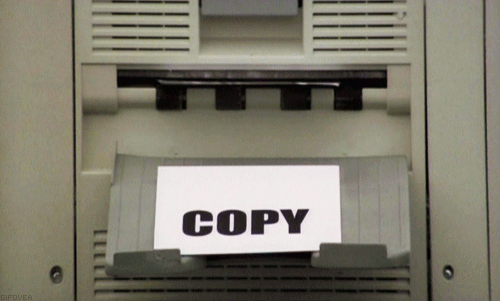
Just in case it gets stolen or lost, you’ll want to prepare a folder with copies of your Passport and IC so that you still have some documentation on you. Also, keep with you a physical list of your emergency contacts in case you lose your phone and need to call for help.
18. Register with MFA
As a good practice, it’s always best to register with the Ministry of Foreign Affairs (MFA) here. This allows the MFA to reach you and ensure your safety in case of an emergency. If the area you are going is prone to natural disaster or social unrest, registering with the MFA might just get you out of a pinch.
Travel
19. Google Translate

If you are going somewhere where you do not understand the language, Google Translate can be a lifesaver. It goes beyond translating text in your browser and is able to live-translate text that you scan with your camera. This helps a lot with signboards and menus.
When you need to talk to locals, activate conversation mode and allow it the app to listen and translate in real-time. Remember to also download the languages you need ahead of time so that you can continue to use camera scanning and type translation even when you’re offline.
20. Transportation Apps
In Singapore, Grab has become the go-to for hailing transport. But it differs from country to country. Do a bit of homework and download the local ride-hailing app if you are moving around on your own.
It’s also good to download the public transportation app which gives you a good idea of the transportation map and waiting times.
21. Offline Map App
Having an offline map at hand is always helpful. Remember to mark down where you are staying along with some key landmarks so you’ll always be able to orientate yourself. If you ever get lost, the map is also a good way to show taxi drivers how to get you home!
22. Get Connected
Ensure that you have a plan in place to get connected to the internet when you arrive. As much as wifi is easily accessible in some cities, it is always best to have an independent connection.
You can either activate international data from your telco, get a local sim card when you arrive or get an international router to enable wifi as a group. If you lose your phone pin and find it hard to access the sim card slot, paper clips and earrings often work well as substitutes.
Health
23. Vaccines (if necessary)
Double check against this list here to see if you need any vaccination for where you are headed.
24. Pack a personal first-aid kit:

While your insurance covers medical expenses on your trip, you don’t want a little flu or discomfort disrupt your itinerary. Besides, seeing a doctor in a country you cannot communicate in, makes things that much harder. To prepare for this, a small bag with some basic medication can keep you going when you need it.
Some recommended items to pack include:
- Panadol
- Charcoal Pills/ Po Chai Pills
- Waterproof Plasters
- Antiseptic cream
- Anti-motion sickness medicine
- Cotton buds
- Alcohol Swab
- Digital Thermometer
- Aloe vera gel for sunburn
- Water purification tabs
- Altitude sickness pills
If you’ve gone through the entire checklist, congratulations! You’ve done more or less everything to nightmare-proof your holidays. And even if things don’t go the way you’ve planned, you are more than equipped to handle any trouble coming your way. Happy travels!

